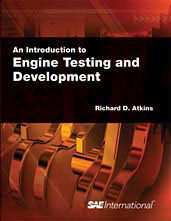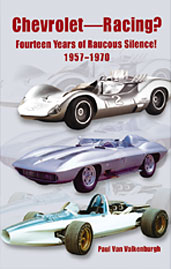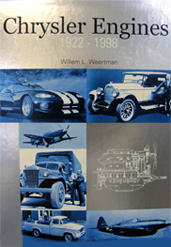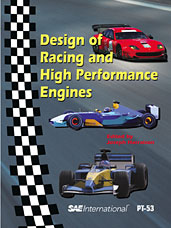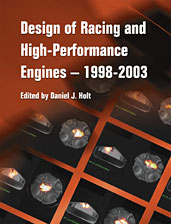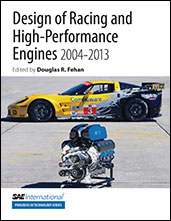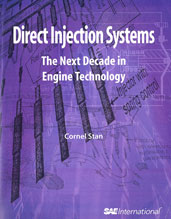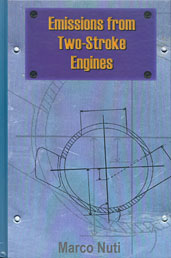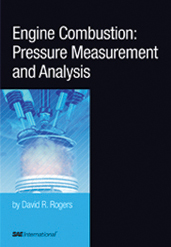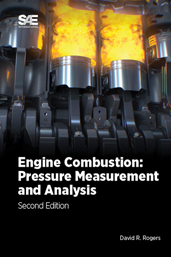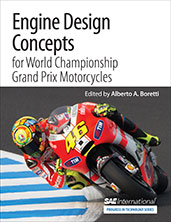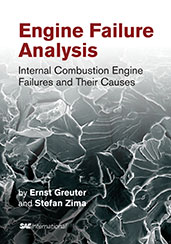Book
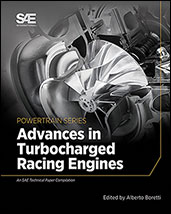
Advances in Turbocharged Racing Engines
2019-03-07
Racing continues to provide the preeminent directive for advancing powertrain development for automakers worldwide. Formula 1, World Rally, and World Endurance Championship all provide engineering teams the most demanding and rigorous testing opportunities for the latest engine and technology designs. Turbocharging has seen significant growth in the passenger car market after years of development on racing circuits. Advances in Turbocharged Racing Engines combines ten essential SAE technical papers with introductory content from the editor on turbocharged engine use in F1, WRC, and WEC-recognizing how forced induction in racing has impacted production vehicle powertrains.
